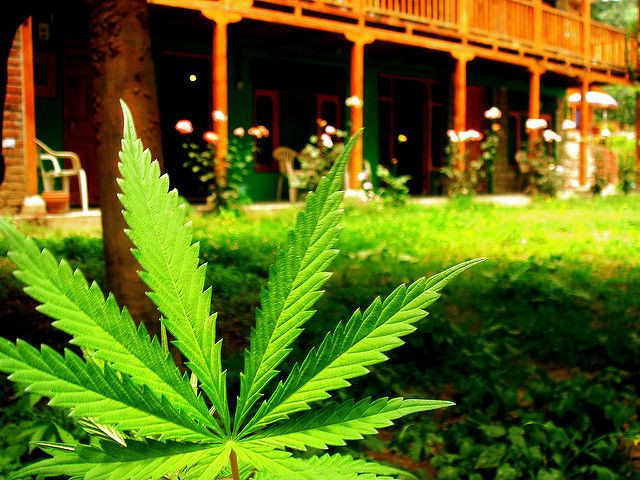Like It Or Not, Pot Has Gotten Stronger In The Last Twenty Years

Just like the internet and cable television, marijuana has gotten a lot more potent over the last twenty years. So concludes a recent study published earlier this January in Biological Psychiatry.
The study authors analyzed the test results of 38,681 samples of “illicit cannabis products” seized by the Drug and Enforcement Agency from 1995 to 2014. From there, they primarily focused on two of the major chemical components of commercial marijuana, Δ9-tetrahydrocannabinol (THC) and cannabidiol. They found that the average level of THC in a sample, responsible for the psychoactive aspects of pot, had increased from 4 percent in 1995 to 12 percent in 2014, while the level of cannabidiol dropped from approximately 0.28 percent in 2001 to 0.15 percent in 2014.
The smorgasbord of illegality not only included your typical pot plants but hashish and cannabis oil, and the change in content was also accompanied by the rise in popularity of a particularly potent form of marijuana called sinsemilla.
“There is a shift in the production of illicit cannabis plant material from regular marijuana to sinsemilla,” the researchers wrote. “This increase in potency poses higher risk of cannabis use, particularly among adolescents.”
That’s because THC is a tricky sort of devil, according to lead author and professor of pharmaceutics at the University of Mississippi Mahmoud A. ElSohly. "[At low levels], it is a pleasant feeling; it is the munchies, the happiness," ElSohly told Live Science. As it increases, though, so too does the chance of experiencing a psychotic episode. This risk isn’t merely attributable to THC, but also to the relative absence of cannabidiol, since it is thought to have an antipsychotic effect. That makes the study’s finding that the ratio of THC over cannabidiol increased from 4 times in 1995 to around 80 times in 2014 all the more worrying.
ElSohly’s study is only the latest to conclude the average pot joint has gotten stronger over time. As for the why, it’s likely due to a lot of different factors, from encouraging higher prices to combatting the tolerance felt by frequent users.
Scary as it might seem, though, the connection between psychosis and other harmful mental effects of marijuana use is far from settled.
Source: Changes in Cannabis Potency Over the Last 2 Decades (1995–2014): Analysis of Current Data in the United States. Biological Psychiatry. 2016.
Published by Medicaldaily.com



























